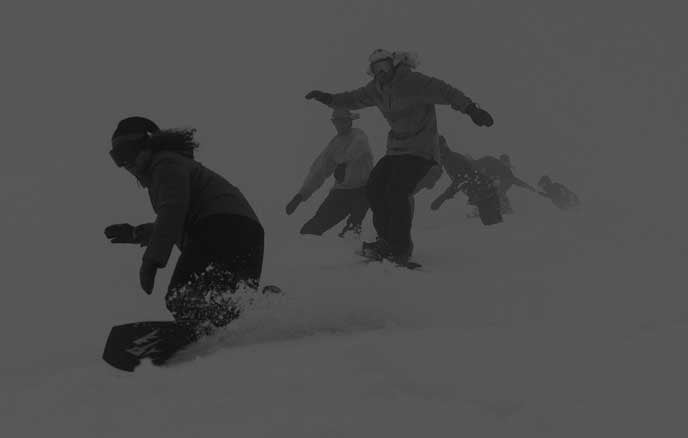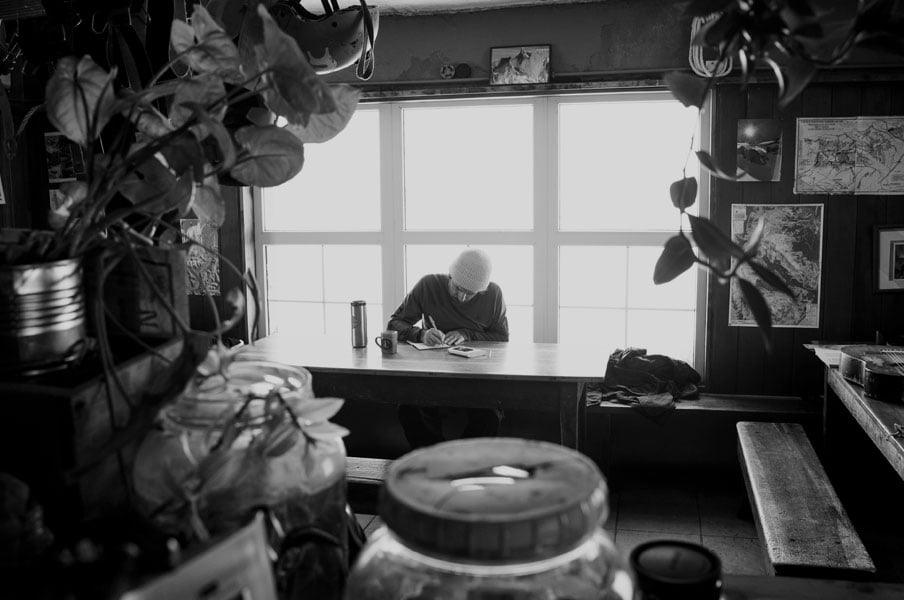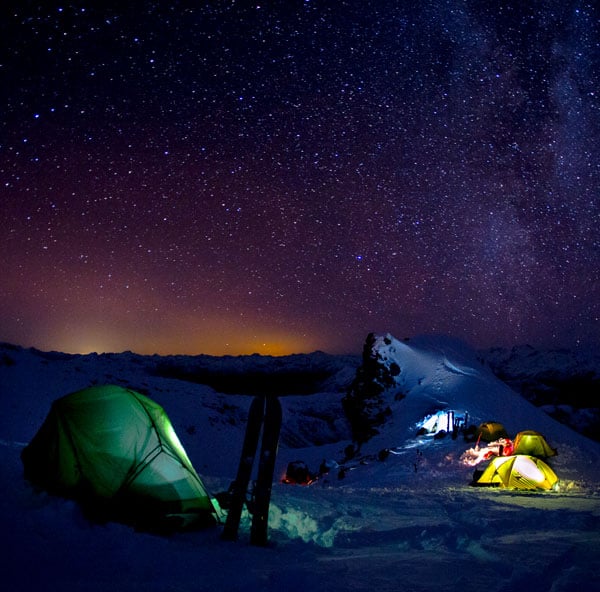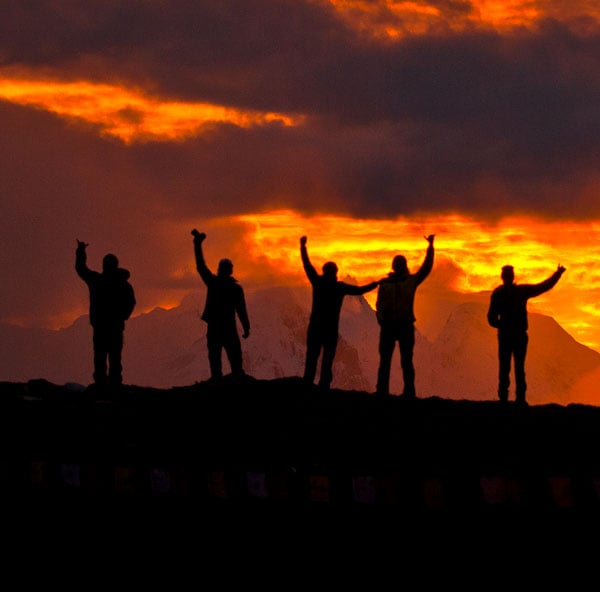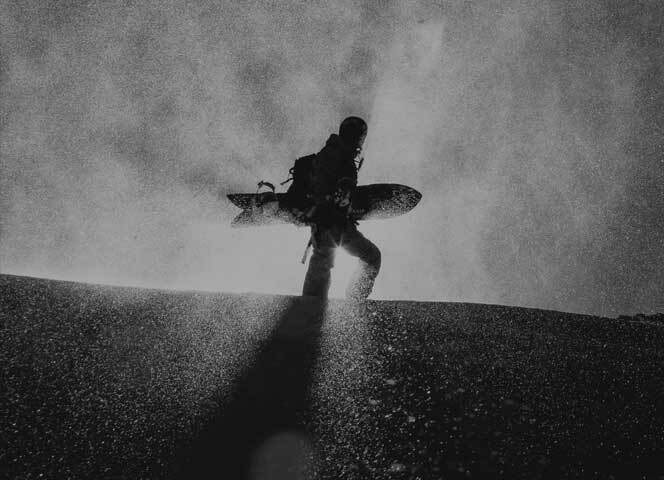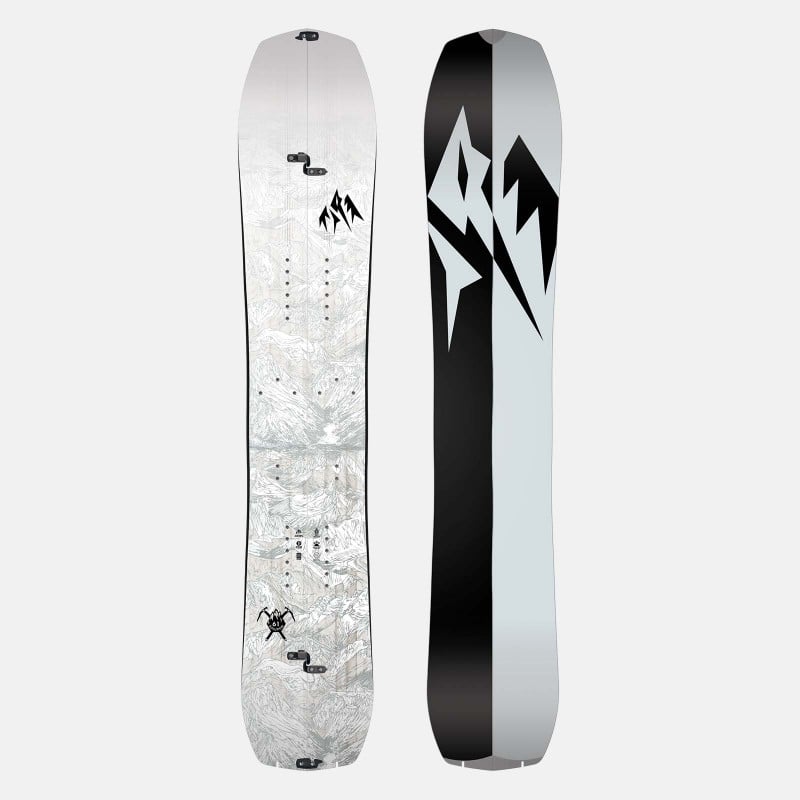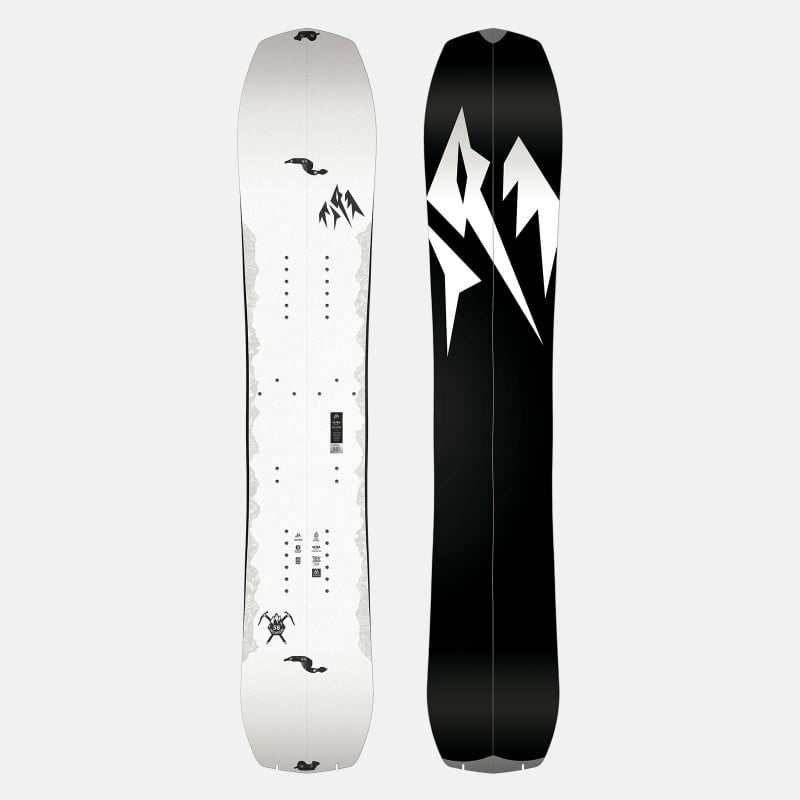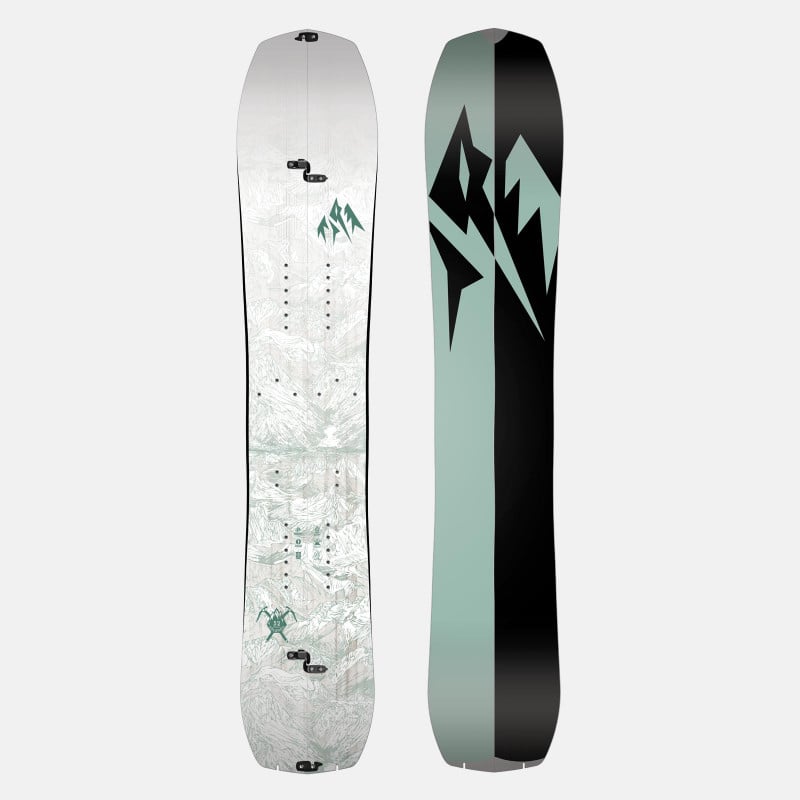Jeremy Jones’ backcountry safety TIME guidelines
Jeremy's Journal
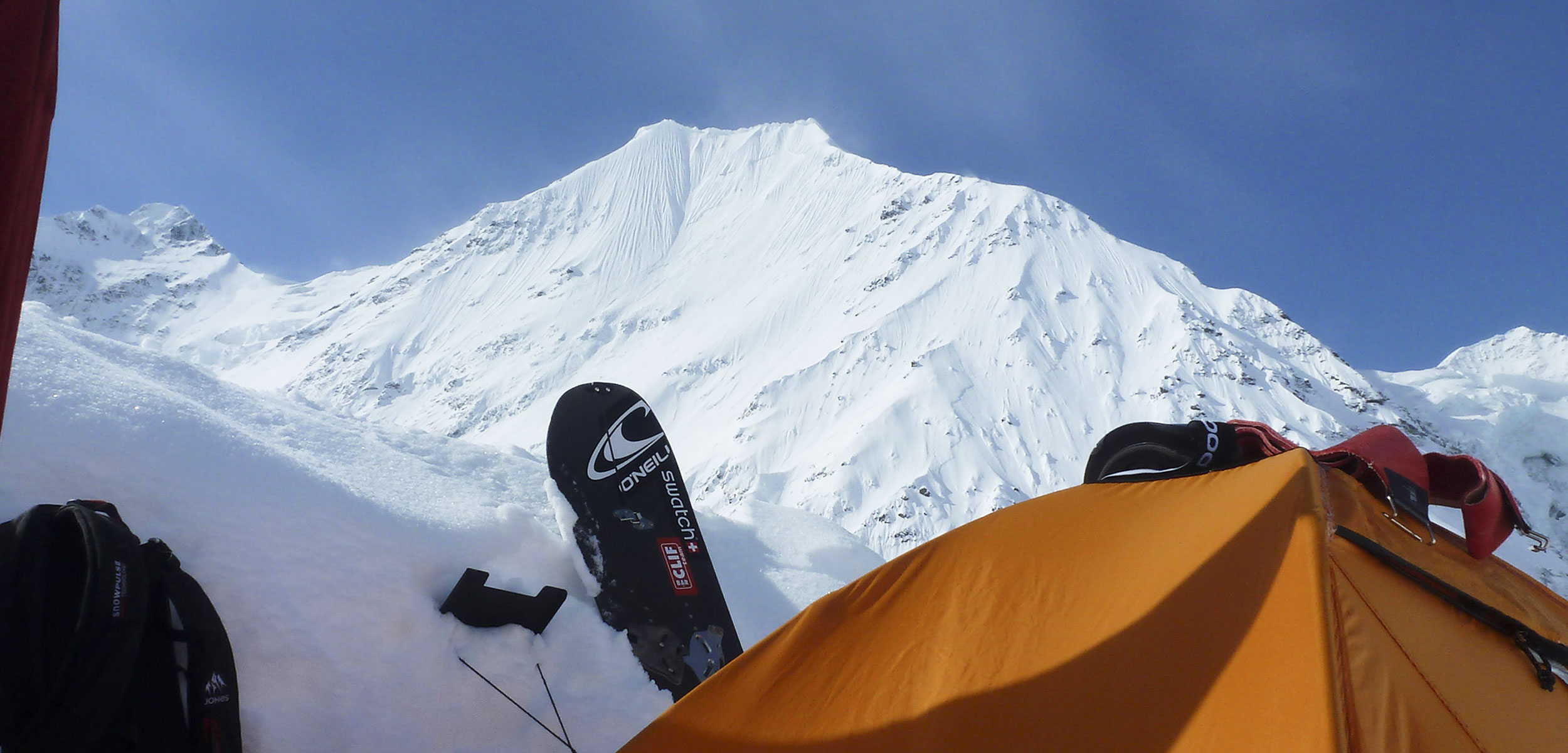
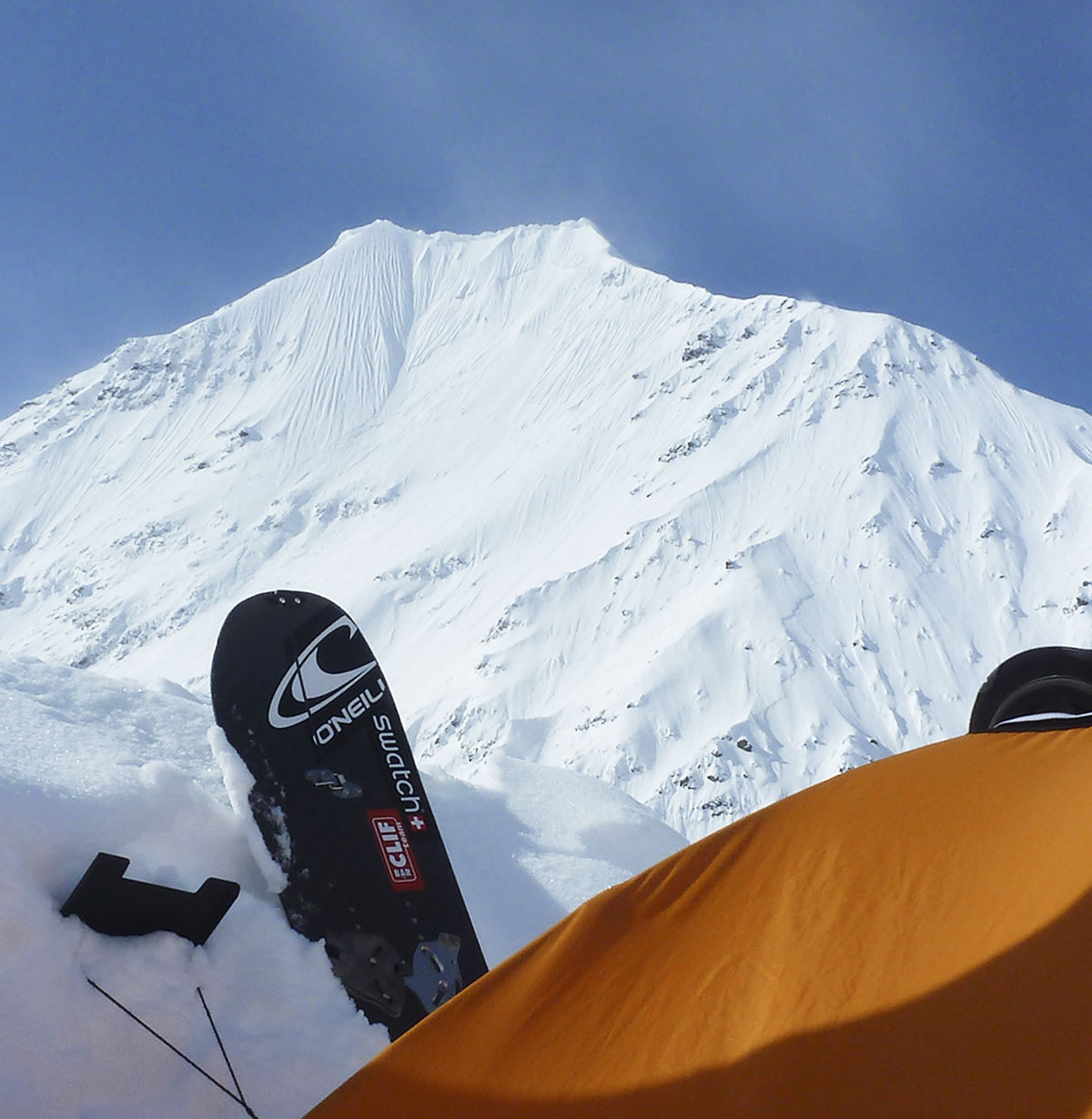
Disclaimer: I am not an avalanche expert. I have made mistakes in the mountains and unfortunately may again. I am always trying to learn more about the mountains through mentors, classes and experience.
Time often plays a critical role in the mountains. Below are simple examples where paying attention to time can reduce your risk in the mountains. These are big picture ideas that will not help you analyze the dangers of an actual slope but they can help you decide when to plan backcountry trips.
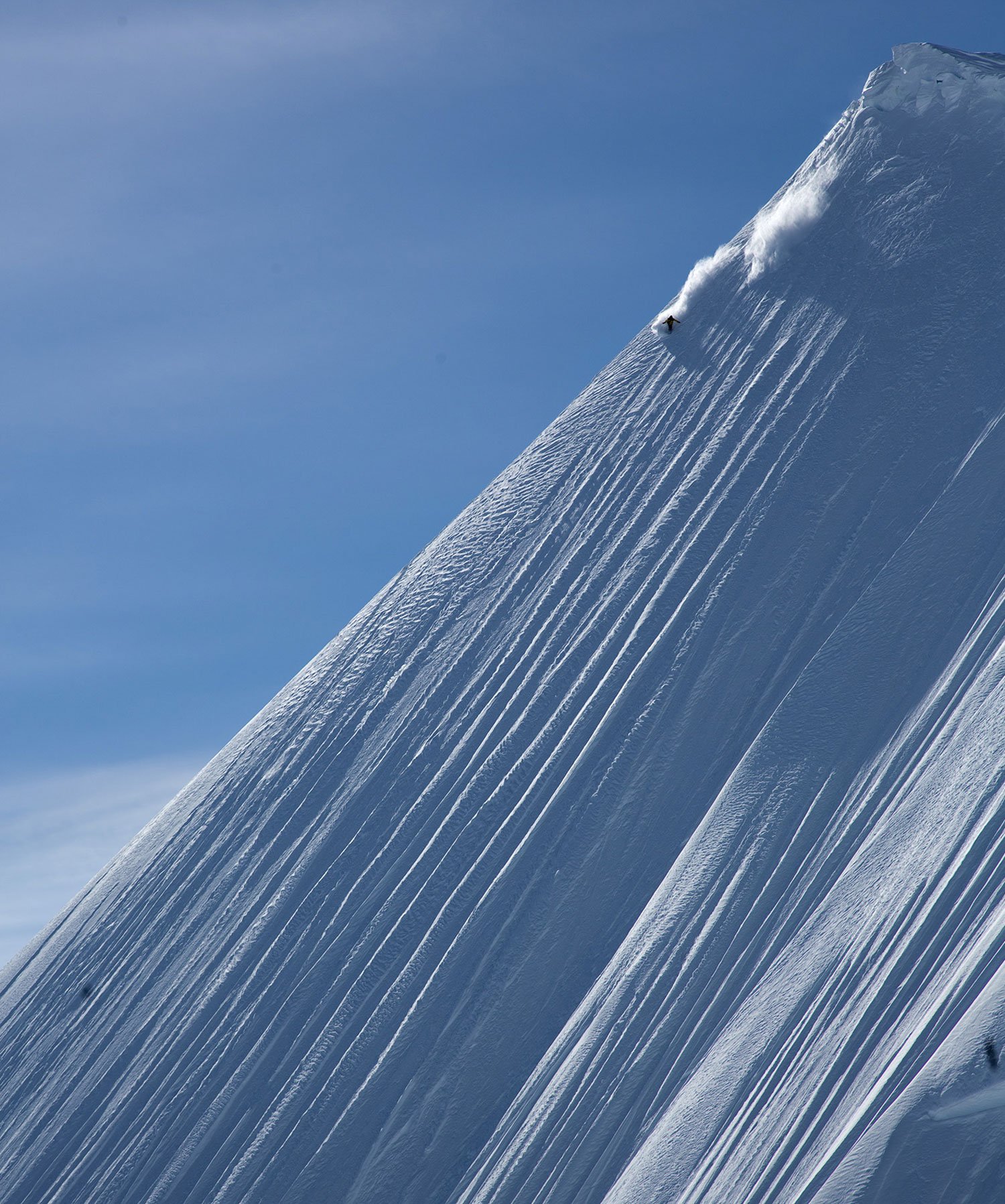
Time of year
The backcountry is generally more dangerous from November to February. The longer days in the spring give the snow more time to settle. It is common for a persistent weak layer to all but shut down any serious lines for the first few months of season. A small avalanche in a shallow, early season snowpack can also be more dangerous because of the potential of getting dragged through rocks. Don’t be the early season hero that hurts themselves before spring. The best lines happen in March, April, May and often June. Early season is a time to get your legs strong.
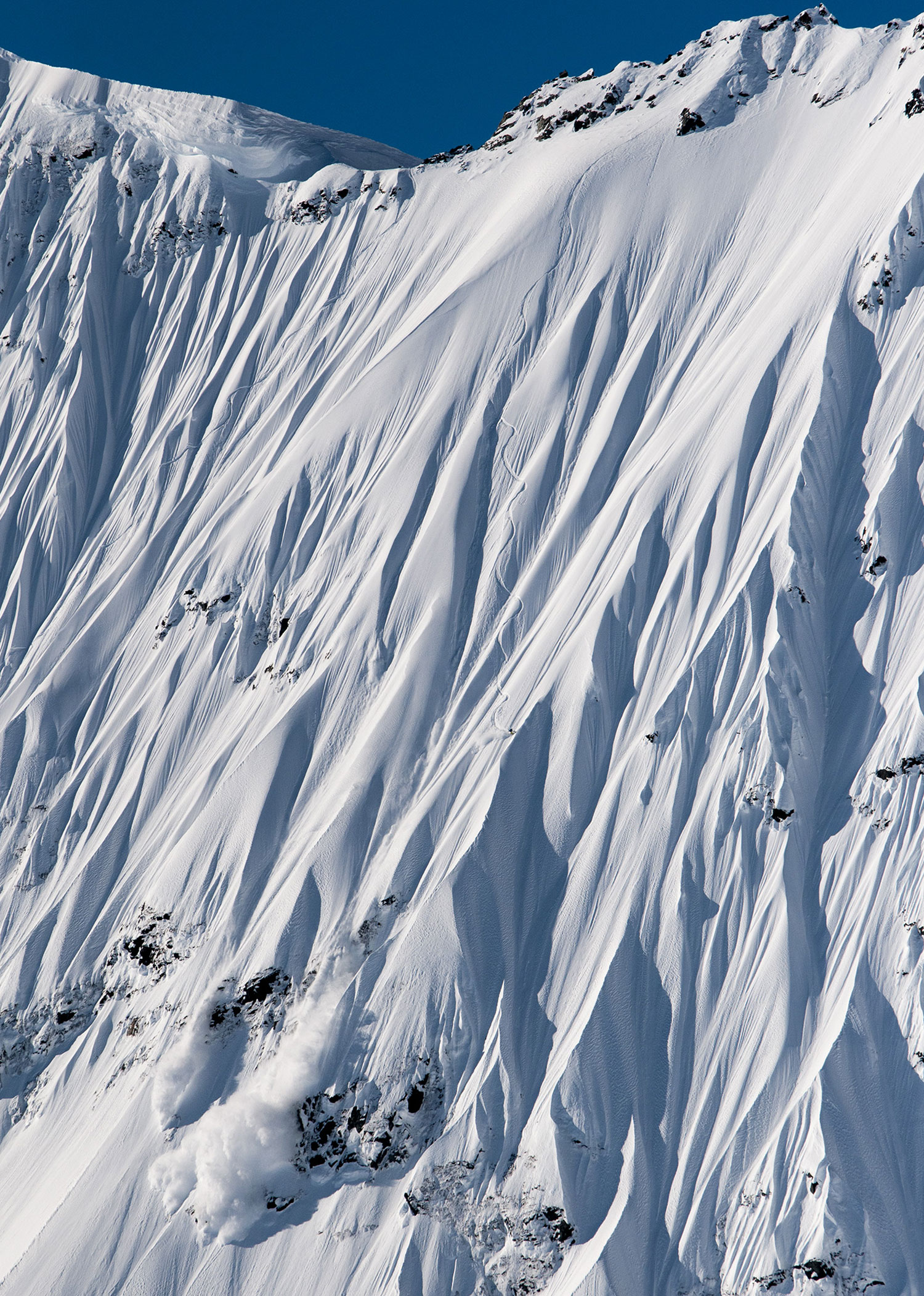
Time of day
I always like to ride serious lines in the morning and on a clear day. If something goes wrong you have all day to execute a rescue. A sprained ankle or broken leg can be a relatively minor rescue at 10 AM, but can be life threatening at sunset because you will most likely have to spend the night in the mountains. Riding lines in the morning is also crucial because as the day warms up cornices become more likely to break, avalanche danger often increases, rock fall increases and you use more energy in the heat of the day then early in the morning.
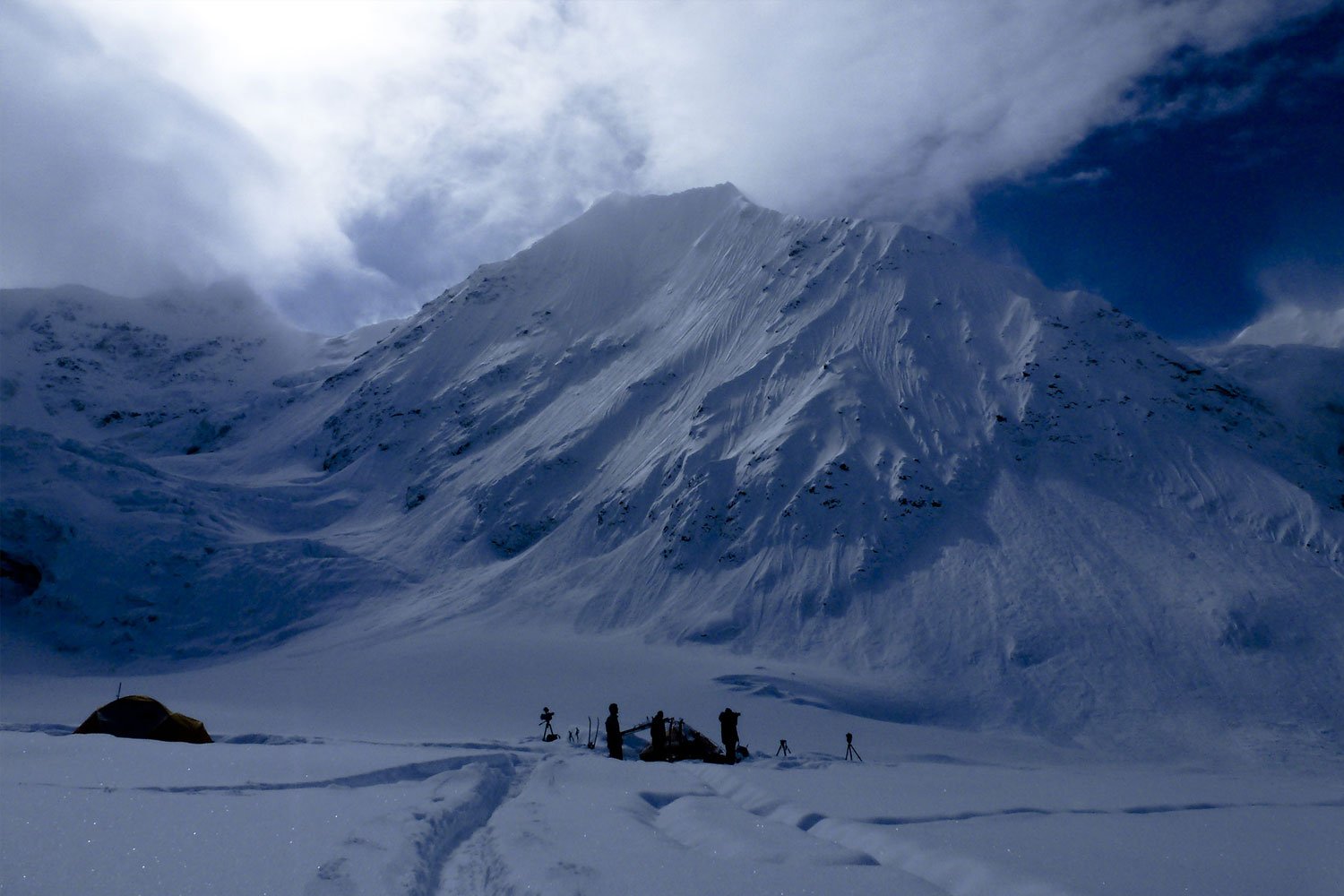
Time after a storm
90% of Avalanches happen during or within 24 hours of a storm. If there is more then a foot of new snow I do not start really evaluating avalanche danger until two days after a storm. The first day after a big storm I typically expect everything to slide and go powder surfing in my neighborhood.
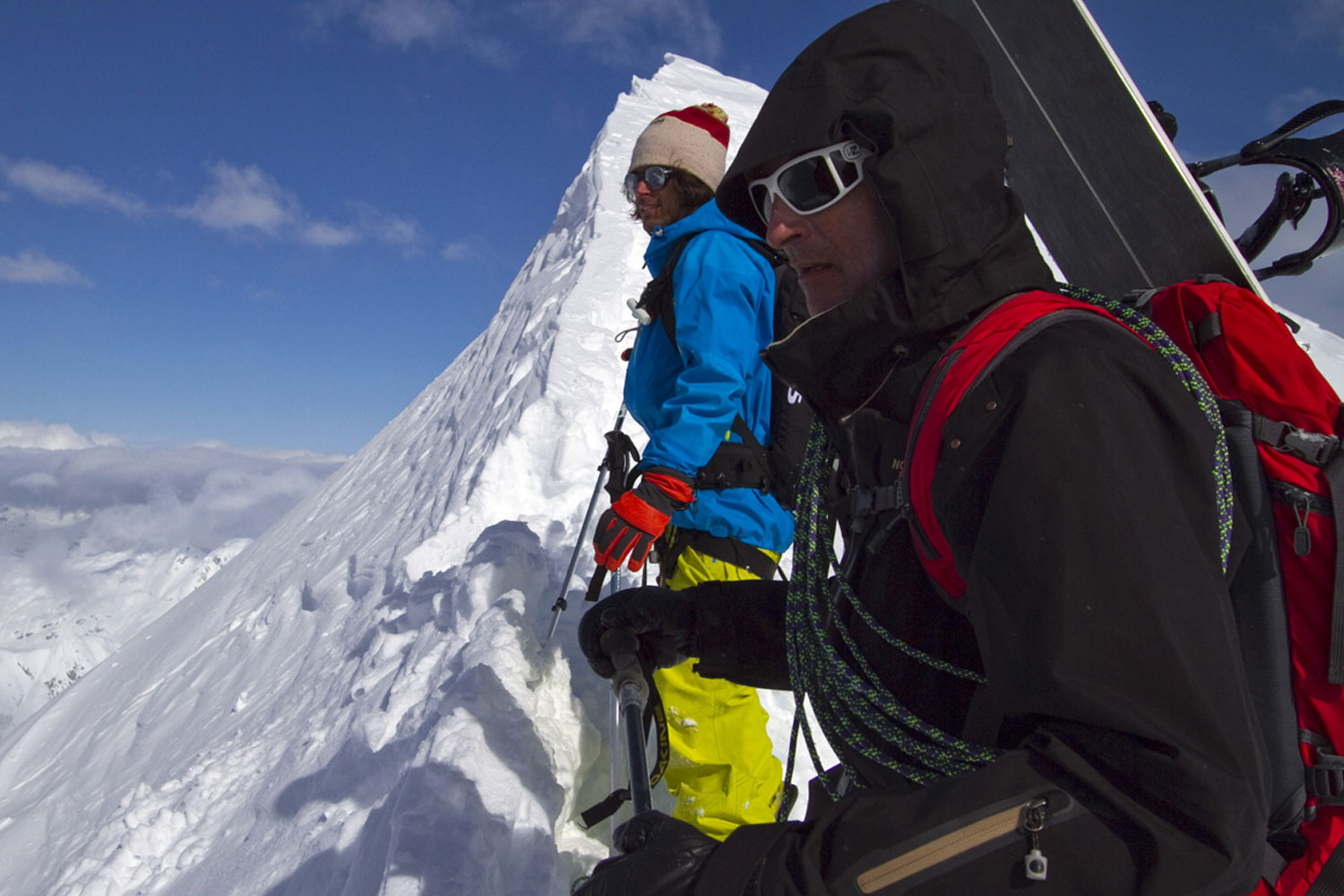
Time in the mountains
There is no substitute for time in the mountains. Avalanche courses can give you much needed knowledge for traveling safe in the mountains, but if you have only been traveling in serious terrain for a few years you are a beginner. Find mentors who have 15 or more years of time in the mountains. Ask questions, observe and listen.
Time on a trip
My worst injuries have come early in a trip. I am caught up in the excitement and forcing the issue. Looking back at my six years of shooting Deeper, Further and Higher I have realized that all the serious lines that you see in the film happen late in a trip between day 15 and day 25.
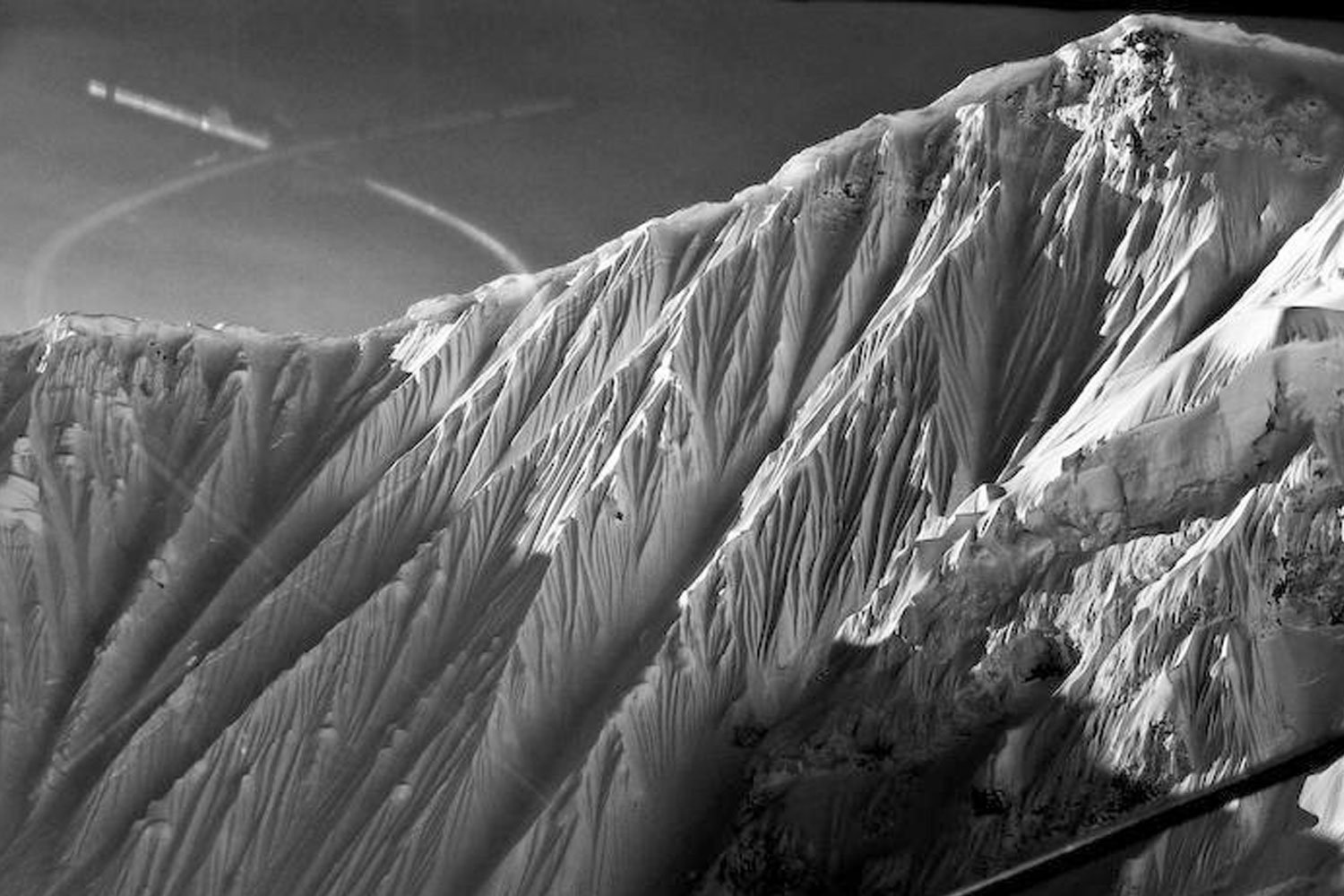

Our Mission
Design innovative mountain gear that sets new performance standards and be a leader
in
manufacturing sustainability, environmental outreach and backcountry education.


© 2024 Jones Snowboards. All rights reserved.
Nidecker North America, 11253 Brockway Rd. Suite E202, Truckee, California 96161 - USA
